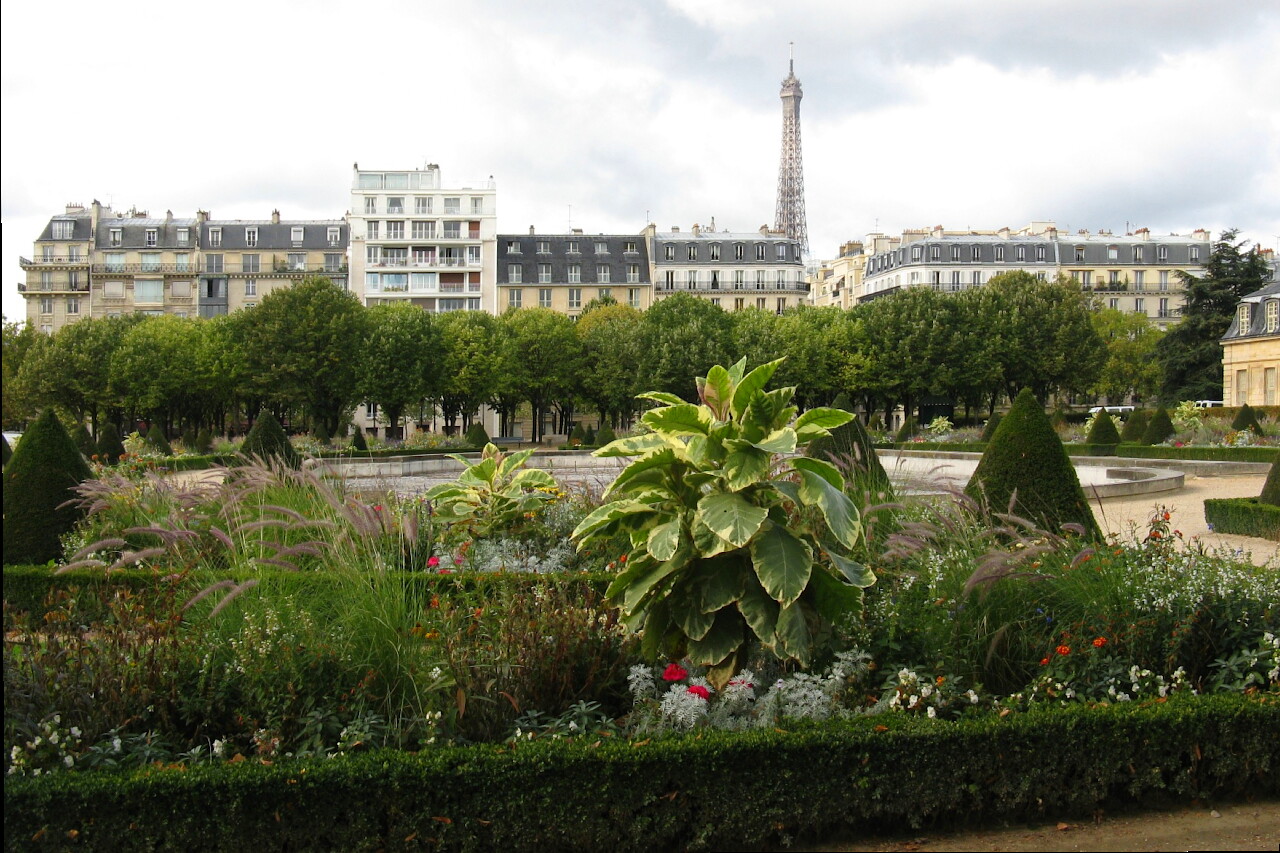Cathedral of the Invalides, Paris
During the Middle Ages, the care of military personnel who lost their health and the ability to provide for themselves was entrusted to monasteries. In the 17th century, specialized state institutions began to appear, where poor war veterans could get a roof over their heads, food and medical care. The Invalides Hotel in Paris was founded in 1670 by order of Louis XIV, the design was entrusted to the architect Libéral Bruand, the construction was completed in 1770. Initially, the almshouse was supposed to accept six thousand veterans, but then their number was reduced to four thousand. It was a large complex that included residential buildings, a hospital, recreation areas, and of course, a church. Project of Bruand provided for the construction of a modest church, but the king did not approve it and in 1676 commissioned the design of a pompous building to the young architect Jules Ardouin-Mansart. The church was opened by Louis XIV in August 1706, the church received the name of Louis IX, canonized in 1297, although among Parisians the name "Soldiers' Church", or "Church of the Disabled" is more well known. The building became the standard of the so-called "Big Sila", which included elements of classicism and Baroque. The height of the cathedral is 107 meters, the diameter of the dome is 107 meters. The church had the status of a royal chapel, the king and the soldiers could attend the same masses, only they used different entrances. On July 15, 1804, the Church of the Invalides became the official place of service of the army bishop of the French army and received the status of a cathedral (Cathédrale Saint-Louis-des-Invalides), at an official ceremony Napoleon I presented the officers with the very first orders of the Legion of Honor. Since that time, famous French soldiers have been buried in the cathedral. In the crypt of the cathedral is the sarcophagus of Napoleon I Bonaparte.
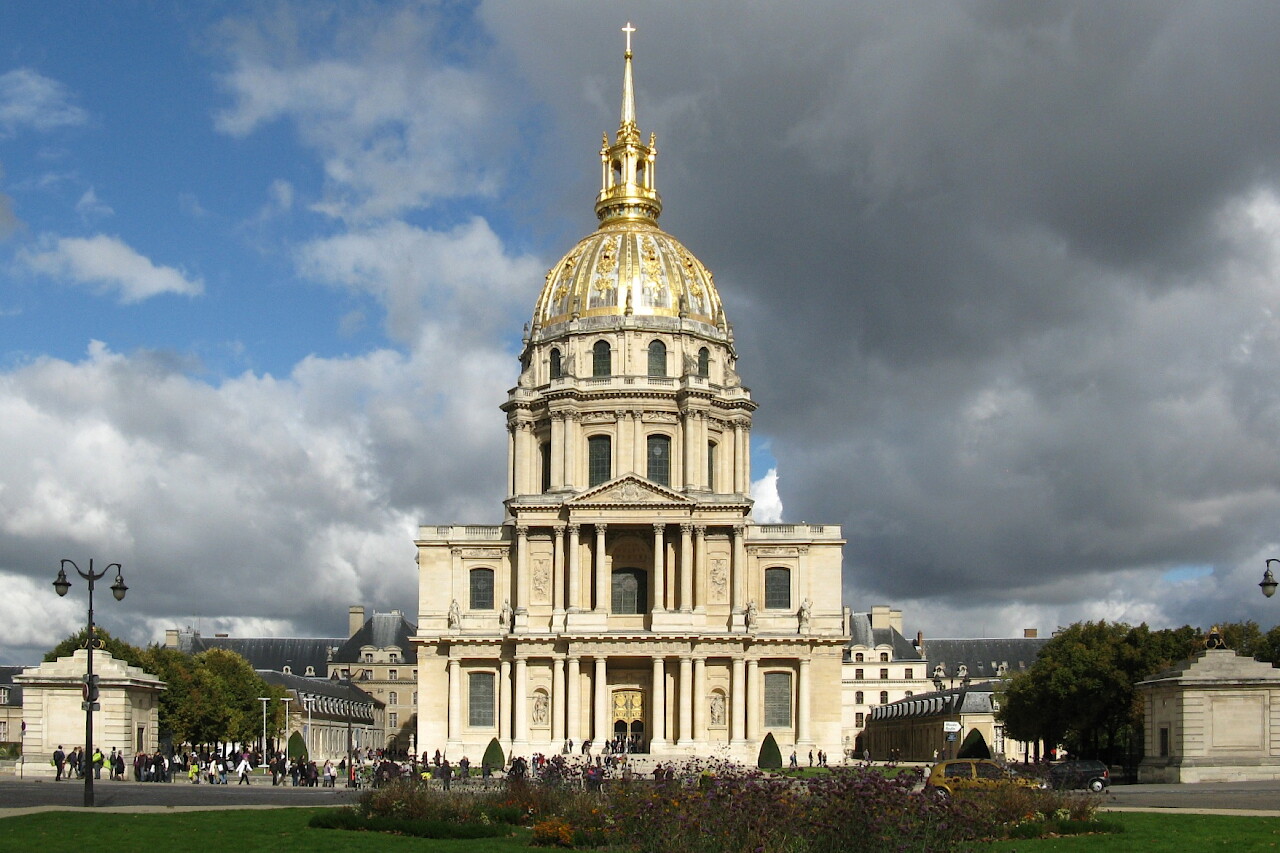
..
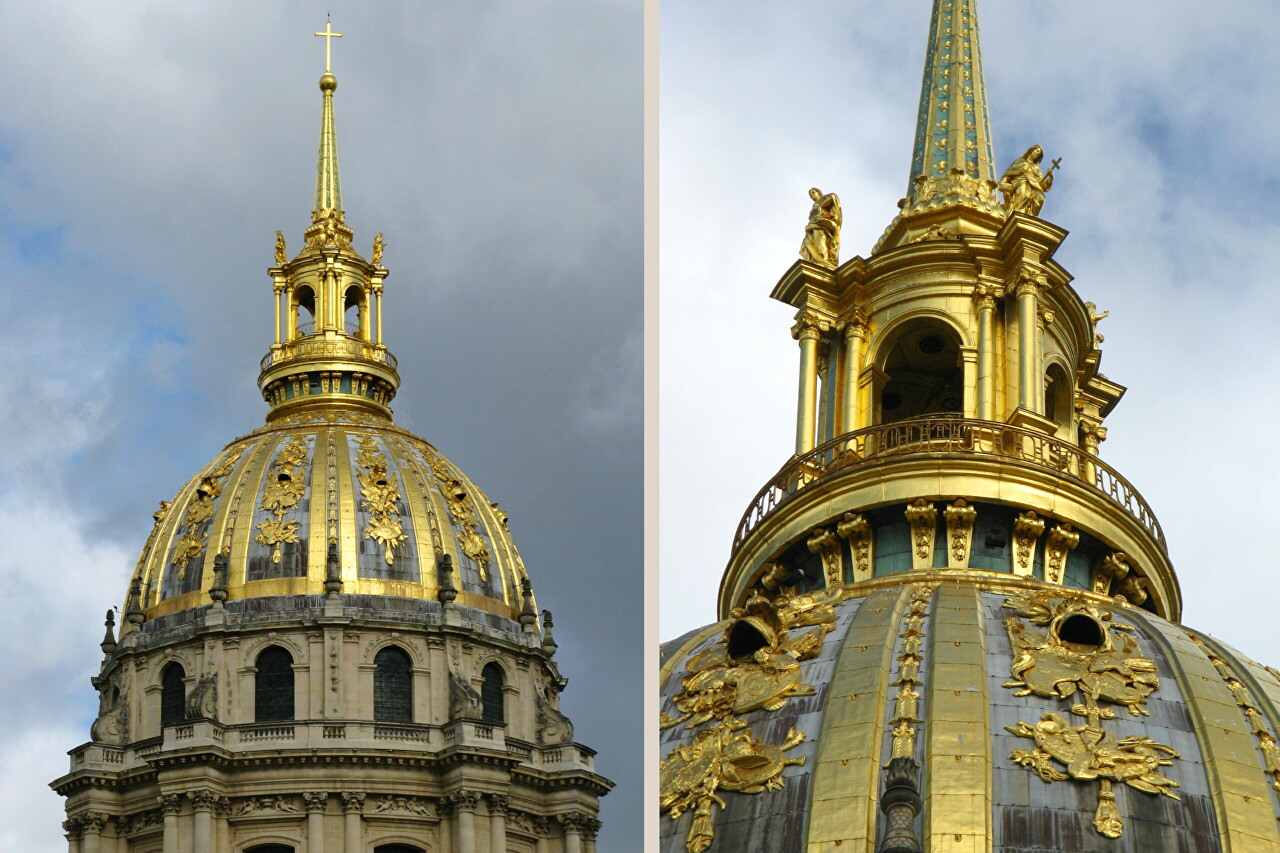
..
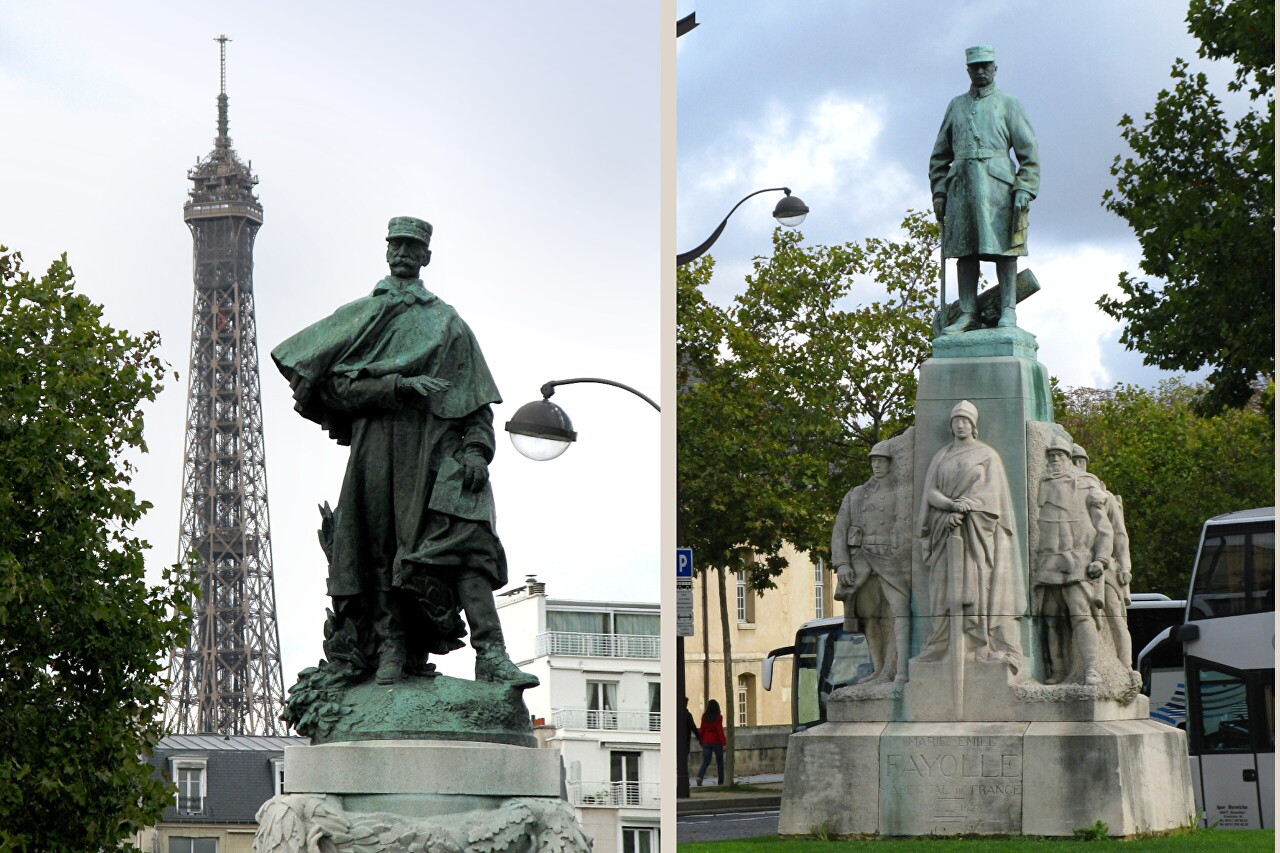
..
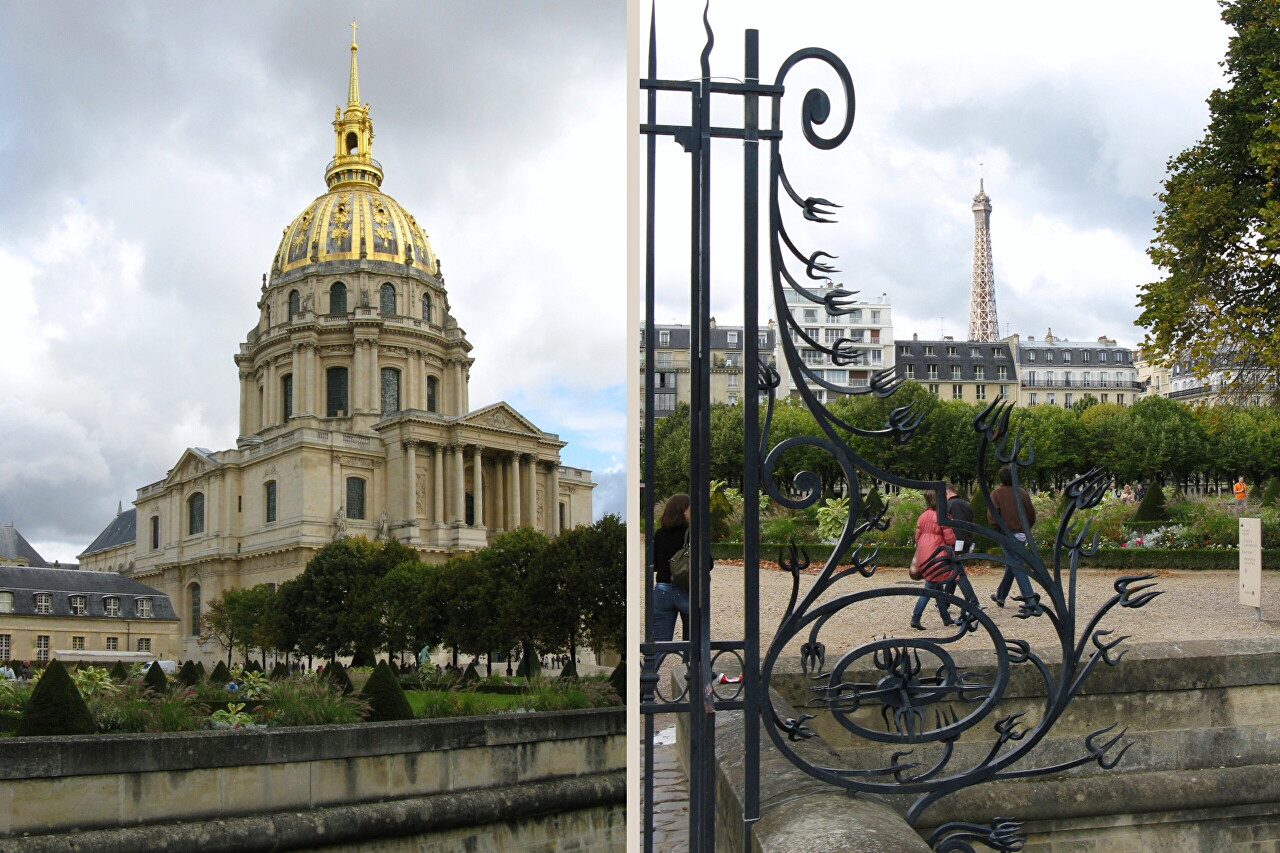
..
